There are numerous bodily difficulties to be on the lookout for if your face changes. These four changes may indicate an underlying, undiagnosed medical ailment if you experience them. For your own wellbeing, remain vigilant and proactive.
1. Eyebrow thinning

According to Livestrong.com, medical conditions like hypothyroidism and atopic dermatitis can contribute to thinning eyebrows. A thyroid gland that is underactive, or hypothyroidism, can cause general hair thinning. Additionally, atopic dermatitis, a skin disease that affects 20% of the population, may be a factor in eyebrow loss.
2. Intense acne and unusual hair

It’s normally okay to have peach fuzz and minor acne. But if you have a lot of facial hair or severe acne, you might have a health problem. It can be a sign of PCOS, a condition marked by irregular periods, obesity, infertility, and abnormal hair growth. As soon as you notice these symptoms, call your doctor.
3. Red rashes and bumps

A red rash on your face or neck could be a sign of autoimmune diseases like lupus or celiac disease or digestive problems. Keep up with these possible health issues.
4. Under-eye circles

Pay special attention if there are any changes, but occasional under-eye circles brought on by insufficient sleep are typical. It could be an indication of Dermatomyositis, an autoimmune condition that causes muscular pain and weakness, if it is accompanied by red or black spots. Consult a doctor right away if you see any of these symptoms.
Have any of these face changes ever happened to you? Tell us about your experience
1. Don’t let sweat sit on your skin, take a shower.
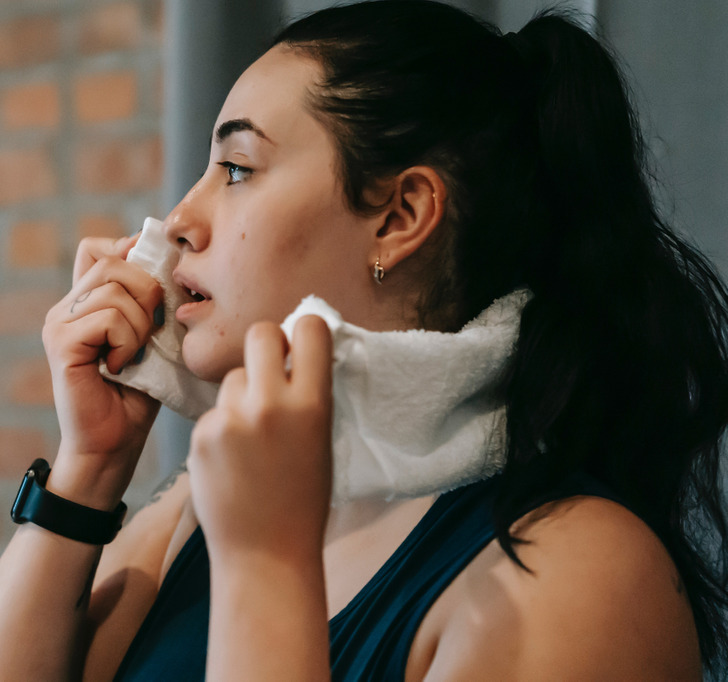
Workouts help anyone with acne a lot, considering the fact that you expel toxins via sweat as well. But the one mistake that can exacerbate body or back acne is letting the sweat sit on the skin. Shower off the sweat and grime as soon as you can, and remember to give your workout clothes a good wash as well.
2. Make exfoliation a part of your body’s skincare.
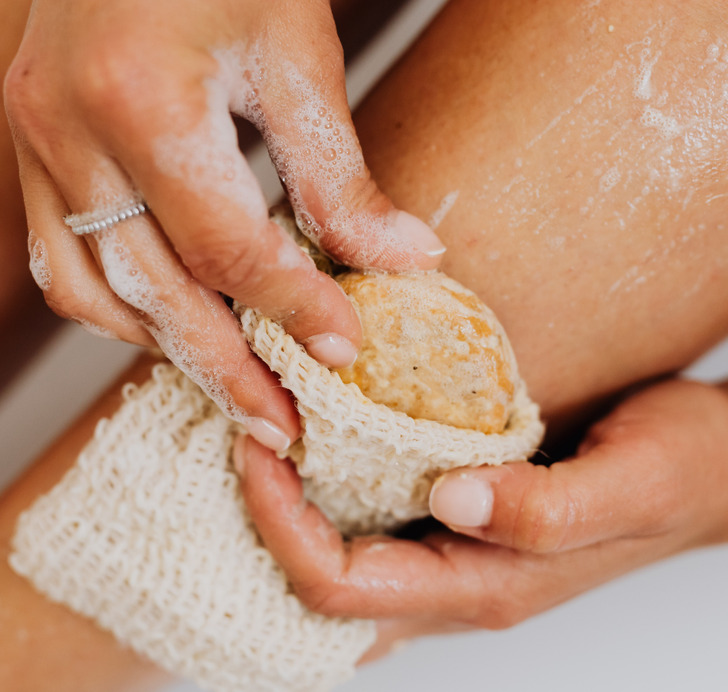
A gentle exfoliating scrub with salicylic acid can help deep clean your skin and wash off sweat, dirt, and anything that is clogging pores and causing even more acne. Plus, exfoliation sloughs off dead skin cells too, renewing skin in the process.
3. Switch to breathable fabrics and loose fits.

Tight-fitting clothes can further irritate your skin by rubbing against your pores and also trapping sweat and grime against the skin. Try wearing loose-fitting clothes and choose natural fabrics over synthetic ones to give your skin more breathing room.
4. Keep your long hair off your back.
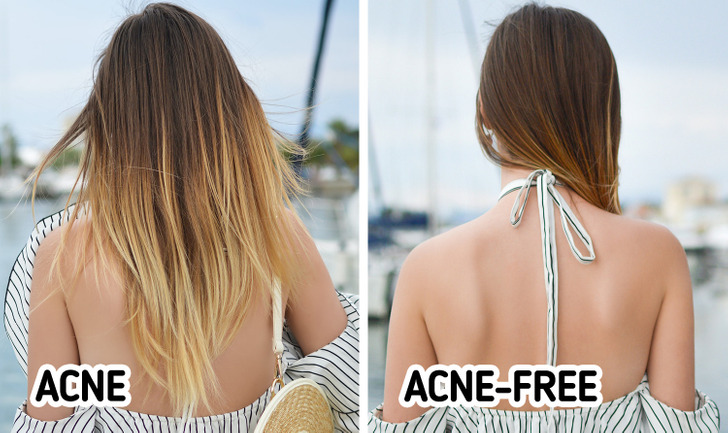
Long hair on your back can also add dirt and grime to your back, prompting painful acne on the shoulders and back. If you are wearing a backless blouse or dress, it’s a good idea to keep your hair off your back. Also, don’t let shampoos and conditioners run down your back when you shower because these can clog pores as well.
5. Choose skincare products based on the ingredients.
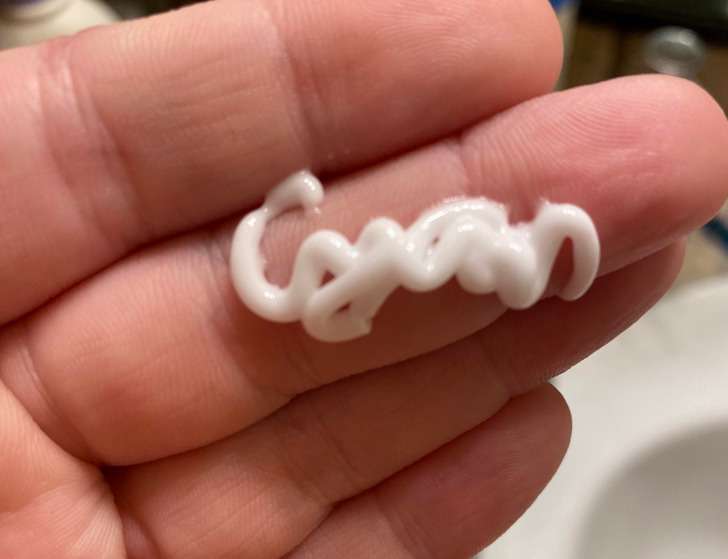
You may love a skincare brand’s packaging, ease of availability, or even the scent, but when it comes to acne-prone skin, you need to be looking at the labels for ingredients. Other than salicylic acid, which we have already mentioned, products with tea tree oil, white willow bark, and more can aid in reducing acne.
6. Make sure you stay hydrated at all times.
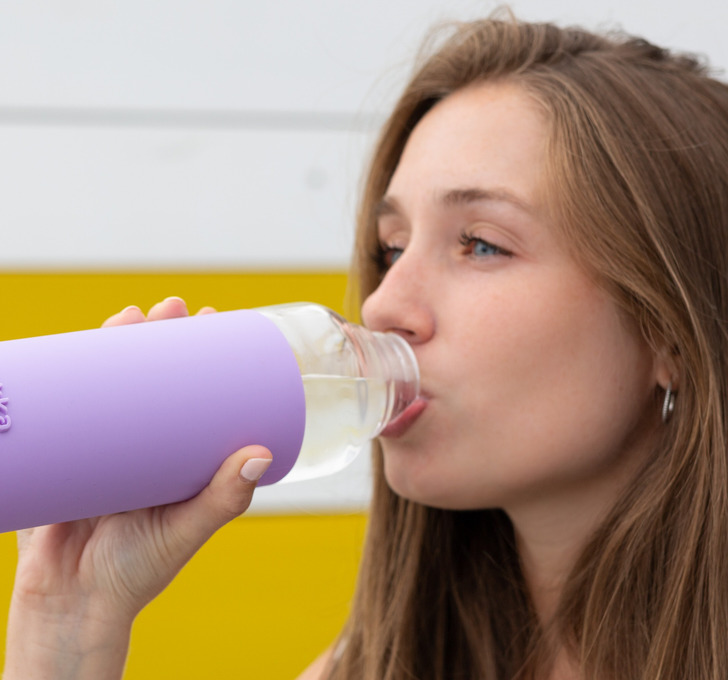
One way to help your body fight acne is to increase your water intake. This not only keeps your skin hydrated and helps you avoid excess oil production, but it can also support immune function. This, in turn, helps the body flush out certain bacteria that are thought to cause acne.
